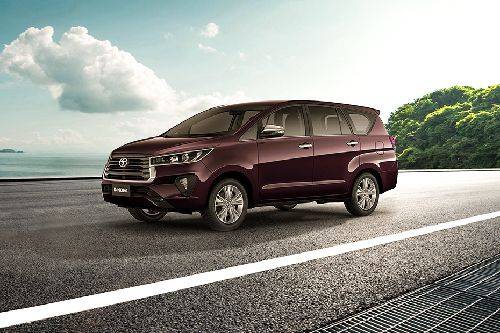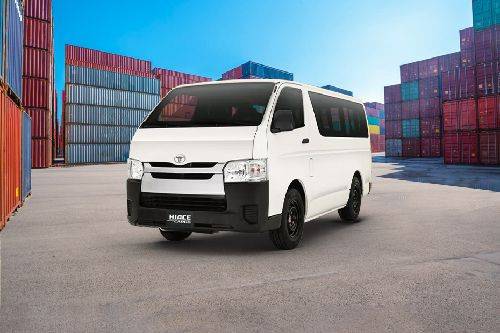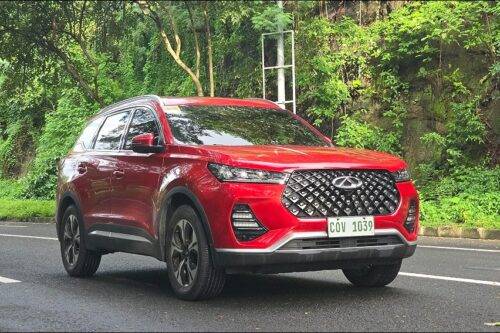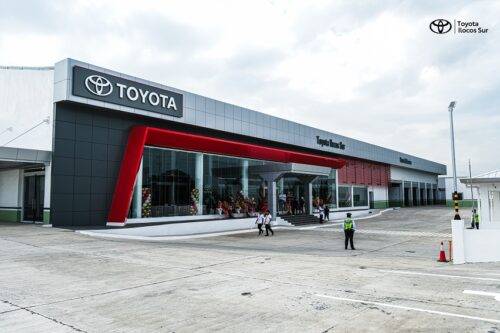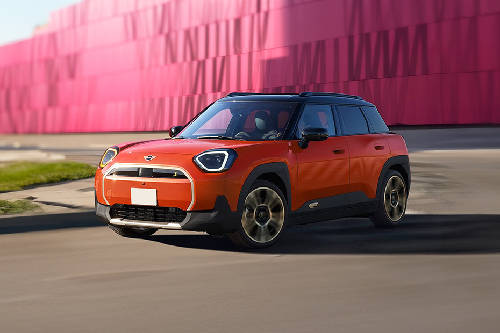Toyota Wigo vs Suzuki Celerio

If you are looking to buy an entry-level hatchback, there are not a lot of options. There are definitely many hatchbacks available in the country but they come at a cost. The most affordable hatchback is the Suzuki Alto 800, but it’s just too basic. If you want a little bit more without shedding out a lot of money from your bank account, the best options you have are the Toyota Wigo and the Suzuki Celerio.

These two cars come from respectable and renowned brands which will give you the peace of mind that you’re putting your hard-earned money at the right place. Also, both these cars will last you a long time. So, which one would be the right choice for you? Read on to find out.
Exterior

The Toyota Wigo is definitely the more stylish one here. One look at it and you will say that Toyota has designed it for the youngsters. It’s funky and dynamic. It gets projector headlamps at the front that is super cool for a hatchback. The front bumper features a large blacked-out grille which looks quite sporty.
The fog lamp housings are nicely cut out enhancing the overall front look of the car. The sharp alloy wheels keep things busy on the sides whereas the two-piece combination tail lights handle things at the rear. There is even a roof-mounted rear spoiler for that extra sporty feeling. Even the rear bumper is designed for sportiness.
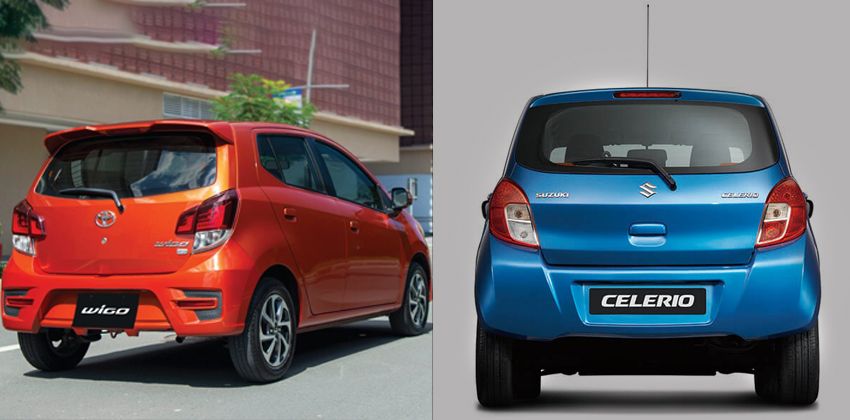
On the other hand, the Suzuki Celerio looks much more calmed down. Since it has been around for a while, it doesn't look that exciting and feels a bit outdated. It features simple halogen headlamps with a normal front grille. The bumper gets fog lamps but there isn’t anything extravagant about them.
The side profile of the car is decent thanks to the two subtle character lines running across the doors. The alloy wheels don’t help that much though. The rear end on the Celerio gets a set of familiar tail lights and a high mount stop lamp but there’s no spoiler. It’s a simple and practical design which would have been quite popular years ago but with the increasing competition and changing times, it feels a bit old.
Interior

The first thing to notice about the interior of the Toyota Wigo is its cabin space. Toyota’s smart space management has allowed for a much larger cabin which is quite commendable for a car of such compact dimensions. Other than that, most of the features are quite standard. You won’t find any high-end luxury features here. There are a lot of plastic parts.
You get a manual AC, urethane steering wheel with mounted audio controls, Navi-ready display audio with AM/FM/CD/MP3/USB/AUX support, conventional instrument cluster, various storage spaces, power windows, etc. One of the most annoying things about the Wigo is that its steering wheel isn’t adjustable which makes it a bit cumbersome to find the right driving position.

Even though the Celerio has aged, its interior still manages to pass with good marks. We mean that there’s nothing extraordinary here but perhaps, that’s the what whole thing is all about. You get basic features with no drama whatsoever. What we appreciate the most about the Celerio’s cabin is its flowing lines on the dashboard.
It gives a soothing effect and calms you down, exactly the way the car itself actually is. In terms of features, there is a seven-inch touch screen multimedia system with radio, AUX, and USB. You get manual AC, conventional instrument panel, and lots of plastic parts. Surprisingly, the Suzuki hatch offers a huge amount of legroom for the rear passengers.
Powertrain
All the 3 variants of the Wigo are powered by the same 1.0-litre 3-cylinder VVT-i engine that produces 66 hp of maximum power at 6,000 rpm and 89 Nm of peak torque at 4,400 rpm. The Toyota Wigo specs sheet shows that both the 4-speed automatic and the 5-speed manual transmissions are available. The engine is pretty smooth and refined with its NVH levels pretty nicely contained.

The Suzuki Celerio specs show the K10B 1.0-litre 3-cylinder engine churning out 67 hp at 6,000 rpm and 90 Nm of torque at 3,500 rpm fueled by MPI. It is available in both 5-speed manual and CVT combinations. Since the peak torque kicks in much lower when compared to the Wigo, the Celerio would have a better low-end performance which would make it easier to drive in city conditions.
Safety equipment

The Toyota Wigo price starts at Php 547,000 which has been made possible by taking certain cost-cutting measures. Thus, the safety features have taken a hit as well. The Wigo comes with dual front SRS airbags, ABS, seatbelts, and child lock protection along with an anti-theft system and wireless door lock. Similar is the case with the Celerio. It has dual SRS airbags, ABS, childproof rear door locks, engine immobiliser, defogger, side impact beams, and a keyless entry system.
The Wigo is available in six colors - Black, Red, White, Silver Metallic, Gray Metallic, and Orange Metallic. Suzuki Celerio price starts at Php 558,000 and it comes in eight shades - Snow White Pearl, Mineral Grey Metallic, Super Black Pearl, Ablaze Red Pearl, Cerulean Blue, Raspberry Pink, Star Silver Metallic, and Sunshine Yellow.

That’s it then, a comparison between the Toyota Wigo and the Suzuki Celerio. We hope we were able to help you with your decision making. By now, you must have an idea about both the cars and which one would be a better deal for you depending on your requirements.
Also Read:- Toyota Wigo: Pros & cons, should you buy the hatch?
Sell your car at the best price
 Verified and genuine buyers
Verified and genuine buyers
Toyota Wigo vs Suzuki Celerio Comparison
Toyota Car Models
Don't Miss
Trending & Fresh Updates
- Latest
- Popular
You might also be interested in
- News
- Featured Stories
Toyota Featured Cars
- Latest
- Upcoming
- Popular
Compare & Recommended

|
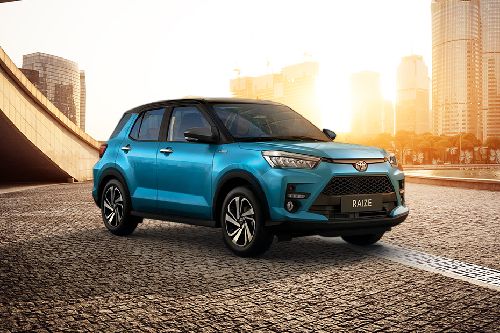
|
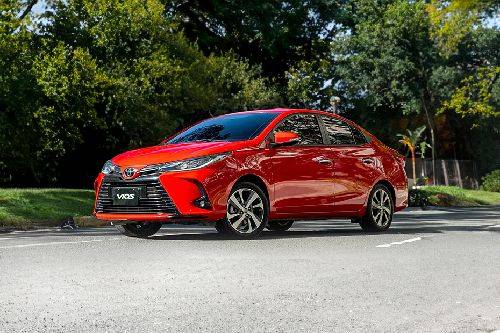
|
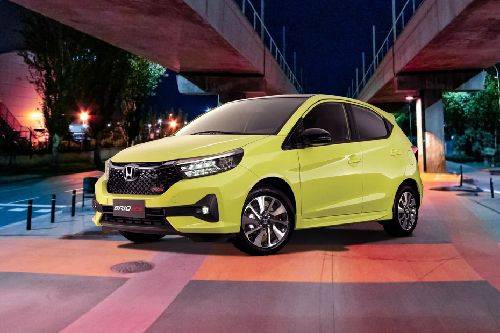
|

|
|
Ground Clearance
160 mm
|
200 mm
|
133 mm
|
137 mm
|
160 mm
|
|
Fuel Type
Gasoline
|
Gasoline
|
Gasoline
|
Gasoline
|
Gasoline
|
|
Engine
998
|
1198
|
1329
|
1199
|
1193
|
|
Power
65
|
87
|
98
|
89
|
76
|
|
Torque
89 Nm
|
113 Nm
|
123 Nm
|
110 Nm
|
100 Nm
|
|
Transmission Type
Manual
|
Manual
|
Manual
|
Manual
|
Manual
|
|
Wheel Size
R14
|
R16
|
R14
|
R14
|
R15
|
|
|
Trending Hatchback
- Latest
- Popular
Toyota Wigo Car Articles From Carmudi
- journal




